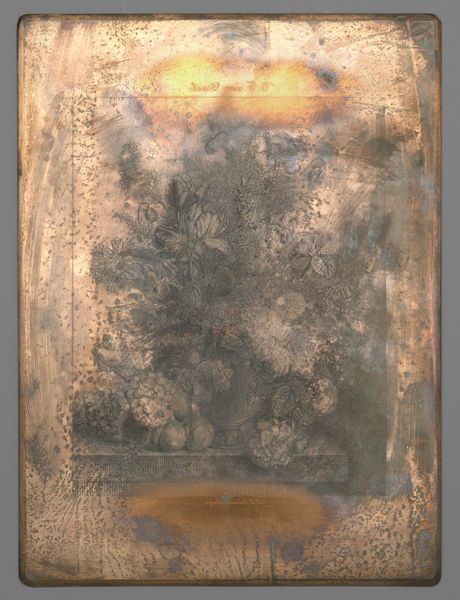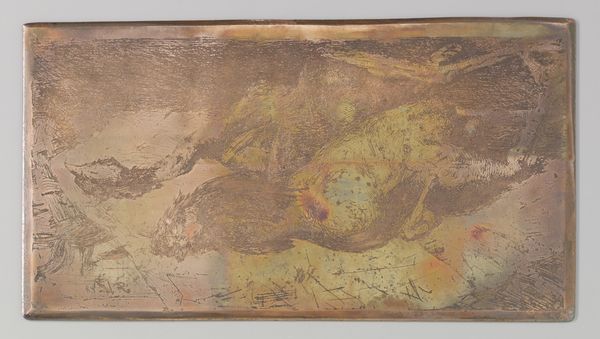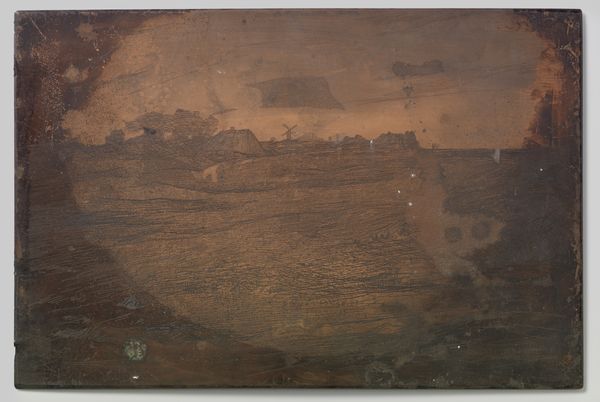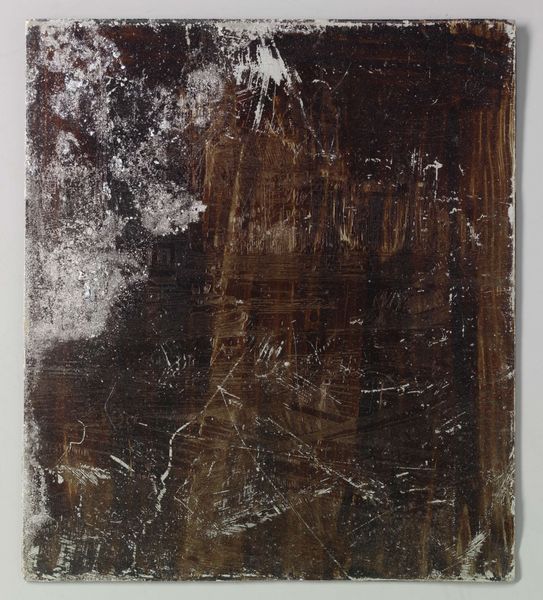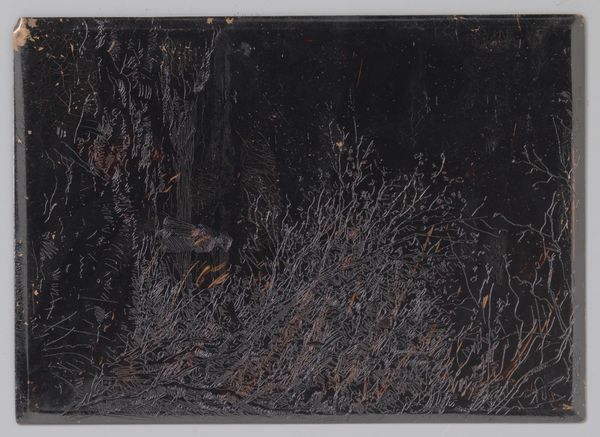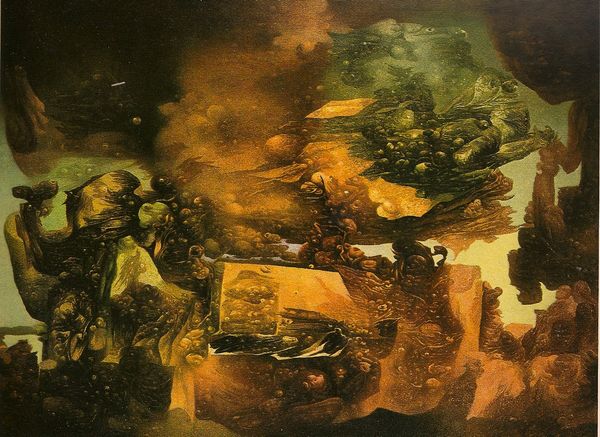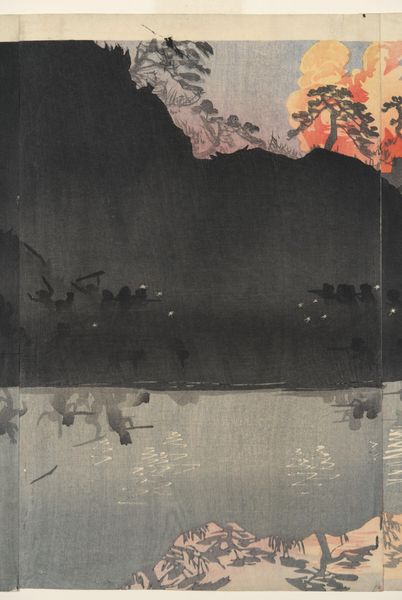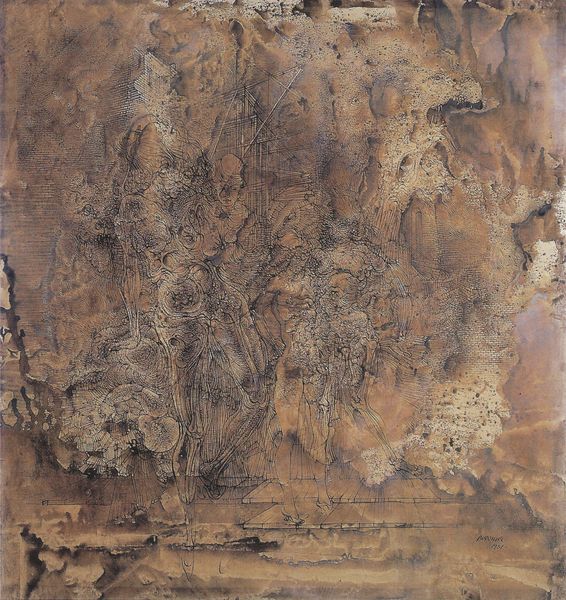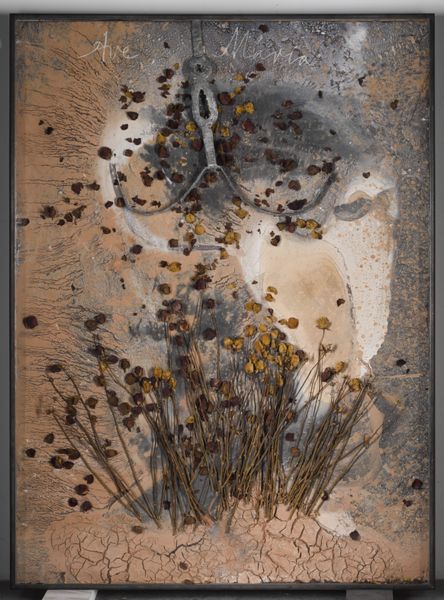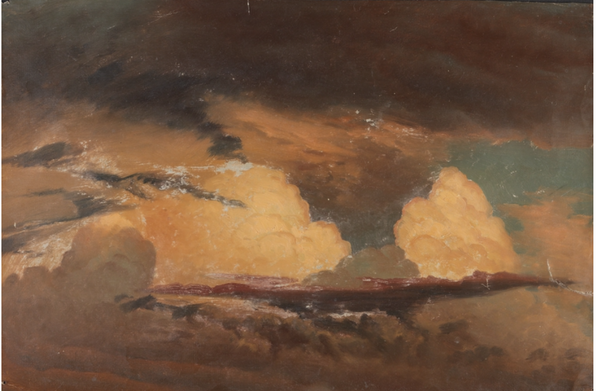
Case (Inrō) with Depiction of Daimyō Procession at the Foot of Mount Fuji 19th century
0:00
0:00
tempera, painting, relief, wood
#
tree
#
tempera
#
painting
#
asian-art
#
relief
#
landscape
#
ukiyo-e
#
figuration
#
handmade artwork painting
#
mountain
#
men
#
24_meiji-period-1868-1912
#
wood
#
miniature
Dimensions: 3 3/4 x 2 x 1 1/8 in. (9.5 x 5.1 x 2.9 cm)
Copyright: Public Domain
Curator: Looking at this Inrō, or traditional Japanese case, my immediate impression is of profound delicacy and meticulous craftsmanship. The muted palette also strikes me. Editor: Indeed, this piece, dating back to the 19th century and attributed to Gyokuzan, offers more than just aesthetic appeal; it provides a fascinating glimpse into the Meiji Period's socio-political context and the evolving role of the Daimyō class. Curator: Tell me more about the depicted procession at the foot of Mount Fuji, rendered beautifully in tempera and relief. Editor: This scene signifies the public display of power and wealth. The Inrō, a status symbol in itself, becomes a miniature stage for conveying the authority of the Daimyō during a time when their influence was gradually waning with the reforms of the Meiji government. Curator: Note the way Gyokuzan employs varying depths of relief to create depth and a sense of atmospheric perspective. See how Mount Fuji looms over the procession? Its imposing presence contrasts with the figures below. The semiotics are just fascinating. Editor: I find that contrast potent, visually articulating the interplay between traditional symbols of power and the changing social order. The artwork then comments on its political period and functions as a symbol of wealth itself, considering the rarity of its creation. Curator: Agreed. The execution displays immense control over material; observe the subtly of how light plays across the surfaces, from the lustrous mountain peak to the dense foliage. It speaks volumes about both the artist's skill and the era's aesthetic. Editor: The landscape theme also invokes the Ukiyo-e tradition. It's clear Gyokuzan wasn't just creating a pretty object, but a narrative rich in historical meaning, miniature and mobile. Curator: So, we are witness to technical prowess in miniature as well as the depiction of power dynamics during the Meiji era. It offers a concise reflection on the shifting landscape of Japanese society in the late 19th century. Editor: It’s amazing to think of this elaborate social and political drama condensed onto such a small object. We have looked at a case that carries multiple stories.
Comments
No comments
Be the first to comment and join the conversation on the ultimate creative platform.
